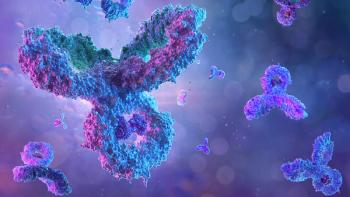
Intertek Explores the Reformulation of Intravenous Biologics
The company plans to reformulate injectable products to make them into inhaled and intranasal medications.
Intertek announced on Dec. 1, 2015 that it plans to explore needle-free, alternative drug delivery routes of administration for its clients that manufacture biologics. Stability and degradation issues are common with biologics, and Intertek is researching ways to “overcome the challenges in both formulation and testing” of medications manufactured in living cells. They plan to specifically focus on reformulating biologics for pulmonary and intranasal delivery, which may help resolve some biologic product issues related to safety, bioavailability, and patient adherence. Additionally, because biologics are susceptible to enzymatic degradation-making oral delivery difficult-inhaled formulations may be one of the most promising routes of drug delivery for large-molecule products.
Intertek’s inhalation expert, Mark Parry, has been actively engaged in the study of how biologics can be successfully delivered into the body via a metered dose inhaler. Parry and his colleagues have conducted
Ashleigh Wake, biopharmaceutical services leader at Intertek, said in a press release that the development of inhaled biologics brings together two of Intertek’s main strengths, which include “formulation development for inhalation technologies and biological product characterization, in particular, applying methodologies to assess potential degradation routes such as aggregation, truncation, and deamidation."
Source:
Newsletter
Stay at the forefront of biopharmaceutical innovation—subscribe to BioPharm International for expert insights on drug development, manufacturing, compliance, and more.





